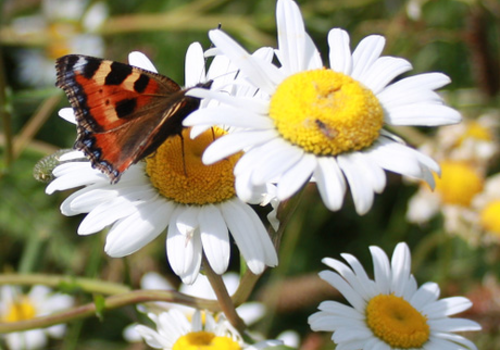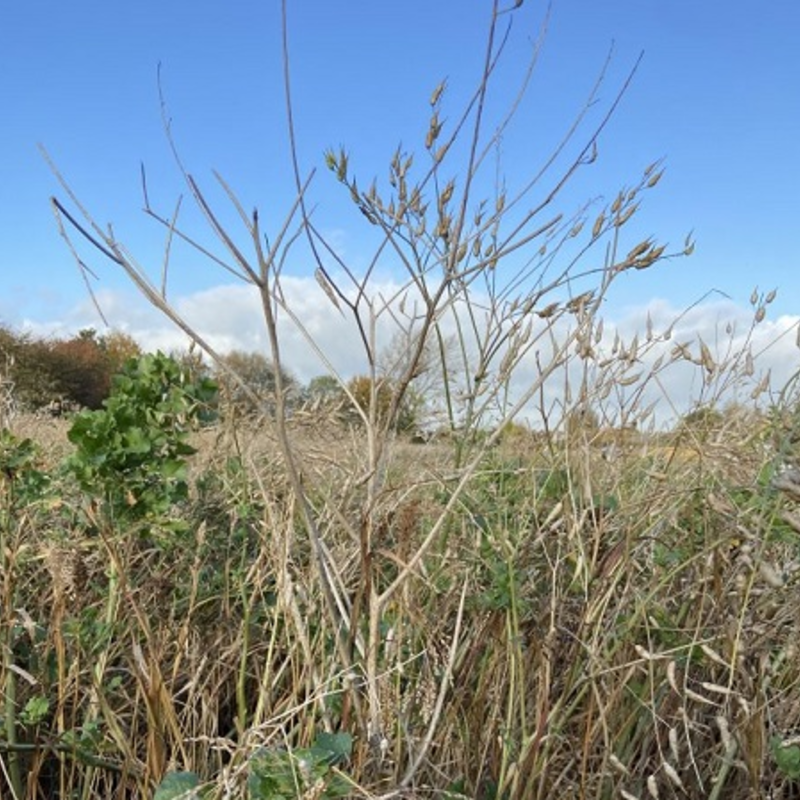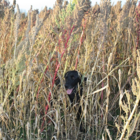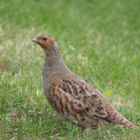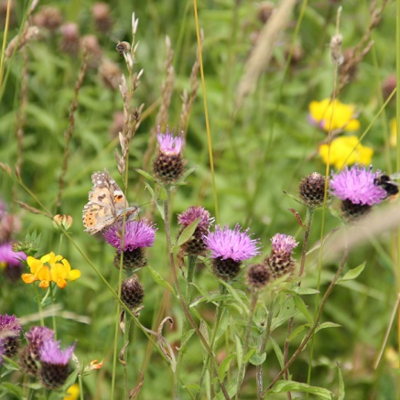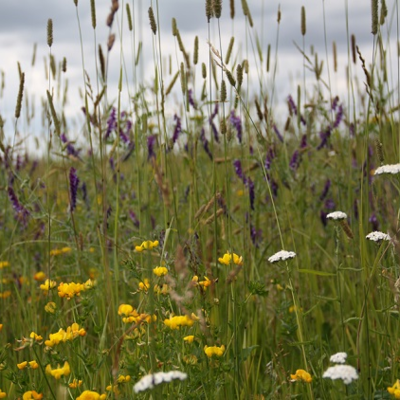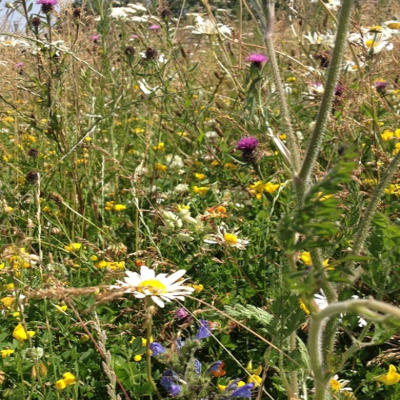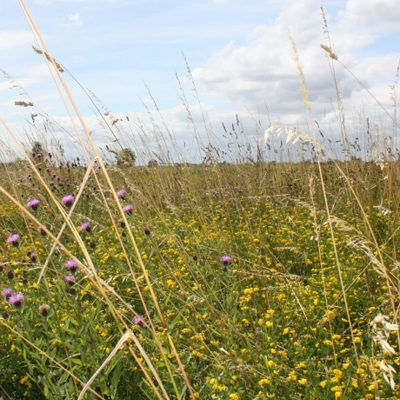CAHL2 | AHL2 | AB9 - 2 Year Wild Bird Seed Mix: Grey Partridge (CSS10/GP)
Use this 2 year mixture for CAHL2 (2024) and AHL2 (2023) Sustainable Farming Incentive (SFI) and AB9 Countryside Stewardship (Winter Bird Food), providing grain-bearing plants for farmland birds, especially Grey Partridges, through autumn and winter for two seasons.
- Farmland birds eat the seeds from October and beneficial insects including bees and butterflies use the flowers during the summer
- Sow in spring or early summer for optimum establishment
- Re-sow every two years of your agreement
- Suitable for Sustainable Farming Incentive (SFI): CAHL2 AHL2
- Suitable for Countryside Stewardship (CSS): AB9
- Contains: 50% Spring Barley, 30% Spring Triticale, 7% White Millet, 5% Linseed, 5% Fodder Radish, 3% Kale
- Sowing rate: 40-50kg/ha. Pack size: 20kg
Mixture Specification
CAHL2 | AHL2 | AB9 - 2 Year Wild Bird Seed Mix: Grey Partridge (CSS10/GP)
50% Spring Barley
30% Spring Triticale
7% White Millet
5% Linseed
5% Fodder Radish
3% Kale
Sowing & Establishment
SUSTAINABLE FARMING INCENTIVE CAHL2 | AHL2 - WINTER BIRD FOOD ON ARABLE AND HORTICULTURAL LAND
What To Sow
Establish a mix that contains at least 6 small seed-bearing crops, which can include cereals, brassicas and other grain-bearing crops.
This two year, biennial mix, must be re-established after the second year.
Structural crops such as chicory and dwarf sorghum can be used, but ensure they do not compete with the main seed-bearing crops by sowing at a low rate.
Ensure that a single crop group, such as cereals or brassica, does not exceed 90% of the total seed mix by weight.
Where To Sow
This mix will work best in sunny, fertile locations where woodland shade is avoided. Establish in blocks or strips of at least 6m wide and between 0.4ha and 5ha in size ideally next to a field edge.
Larger areas of winter bird food allow essential food sources are kept later into winter, in small plots the birds tend to eat the food within a short period of time.
How To Sow
Create a fine and stale seedbed and sow the seed mix between 1.5cm - 2.5cm. Sowing at a deeper depth will ensure sufficient levels of warmth and moisture to aid brassica to germinate and protect against flea beetle damage.
Information in this article is given in good faith but should not be seen as a substitute for complete guidance issued at www.gov.uk. Don’t hesitate to get in touch for further information.
Maintenance
COUNTRYSIDE STEWARDSHIP AB9 - WINTER BIRD FOOD
Maintenance and Management
During the summer, the plants will be growing and flowering. Leave these plots as in the Autumn the plants will have set seed which will help to feed farmland birds during the 'hungry gap'. Ensure the winter bird food plots are kept until 15th February each year.
Re-establish one-year mixes annually and two-year mixes every other year to maintain seed production.
Records and Evidence
Keep records as evidence of establishment and maintenance such as, but not limited to, the list below:
- Seed invoices
- Field operations at parcel level
- Contractor invoices
- Records of grazing activity
- Photographs of the established seed mix
Information in this article is given in good faith but should not be seen as a substitute for complete guidance issued at www.gov.uk/countryside-stewardship-grants. Don’t hesitate to get in touch for further information.
Buy With Confidence

